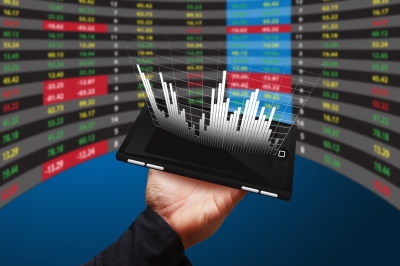Since the last article, only a week ago, the market has only become more uncertain, which leads to even more volatility. Last week, (February 24th – February 28th, 2020) now holds 3 of the top 5 largest Dow Jones Index* point drops in history. Then on Monday (March 2nd) we saw the largest point gain in Dow history. For a bit of perspective, these large moves are huge point swings due to the Dow being just under 26,000 points currently on Tuesday (March 3rd) afternoon. Thankfully, these large moves are quite a way down on the historical list when gauged by percentage gained or lost.
The Federal Reserve announced (on March 3rd) that they would try to help by dropping the Fed Rate (very short term/overnight rate which banks lend to each other) by a half of one percent, which rapidly boosted markets…. until investors considered that this rate decrease may have occurred due to Federal Reserve concerns of the future impact of the Coronavirus. If the markets knew what the short to mid-term impact the Coronavirus would have on the economy, the market would quickly price it in and move forward. Instead, the market is enduring huge gyrations trying to price in the latest headlines and speculations, while there is no firm data.
While not fun to see your investments gyrate along with this volatility, we try to invest and trade for the long haul based on data and fundamentals. At Capstone, we have mostly sat on the sidelines through most of this, not buying “the dip” and not panic selling either. The reason being is the economic data or fundamentals have not changed significantly over recent trading days and we’re not interested in trying to time the spikes of fear and greed. Will this provide a buying opportunity? Maybe. Will the market sell off further? Maybe. We know this is not the answer that calms your fear as an investor, but with the fluid movements of this virus and of responses from central banks around the globe, you and Capstone have the same information as the rest of the investors both in the US and around the world.
A great example of trading volatility versus fundamentals is to look at a single stock, say Apple. Per our last article, Apple certainly may be affected short to mid-term by the Coronavirus, but the effects are difficult to impossible to quantify. Apple dropped Friday the 28th by 7.92% from it’s high to low point and on Monday the 2nd gained 7.87%. During the day Friday, did the value of Apple as a company really drop almost 8% in one day? On Monday, did Apple, the $1.27 Trillion company gain $99.9 Billion in value in a single day? The stock price may have, but the fundamentals and true value of the company most likely did not. If earnings and data suggest the stock value to be changing, then buying or selling makes sense, but not on the vast emotional swings we’re experiencing daily.
One certainty is that we at Capstone will continue to monitor economic data and fundamentals. If we see a change in this data, we may become more aggressive if the market is less expensive than data leads us to believe or we may become more defensive if the data shows that mid and long-term growth will be impacted negatively.
Being uneasy during these volatile times is completely normal (for us as well as you!) and we’re always here to talk through your concerns as well as investments and overall financial plan.
Ryan Turbyfill, MBA
*The Dow Jones is an unmanaged index of 30 large industrial companies. It cannot be invested in directly.

